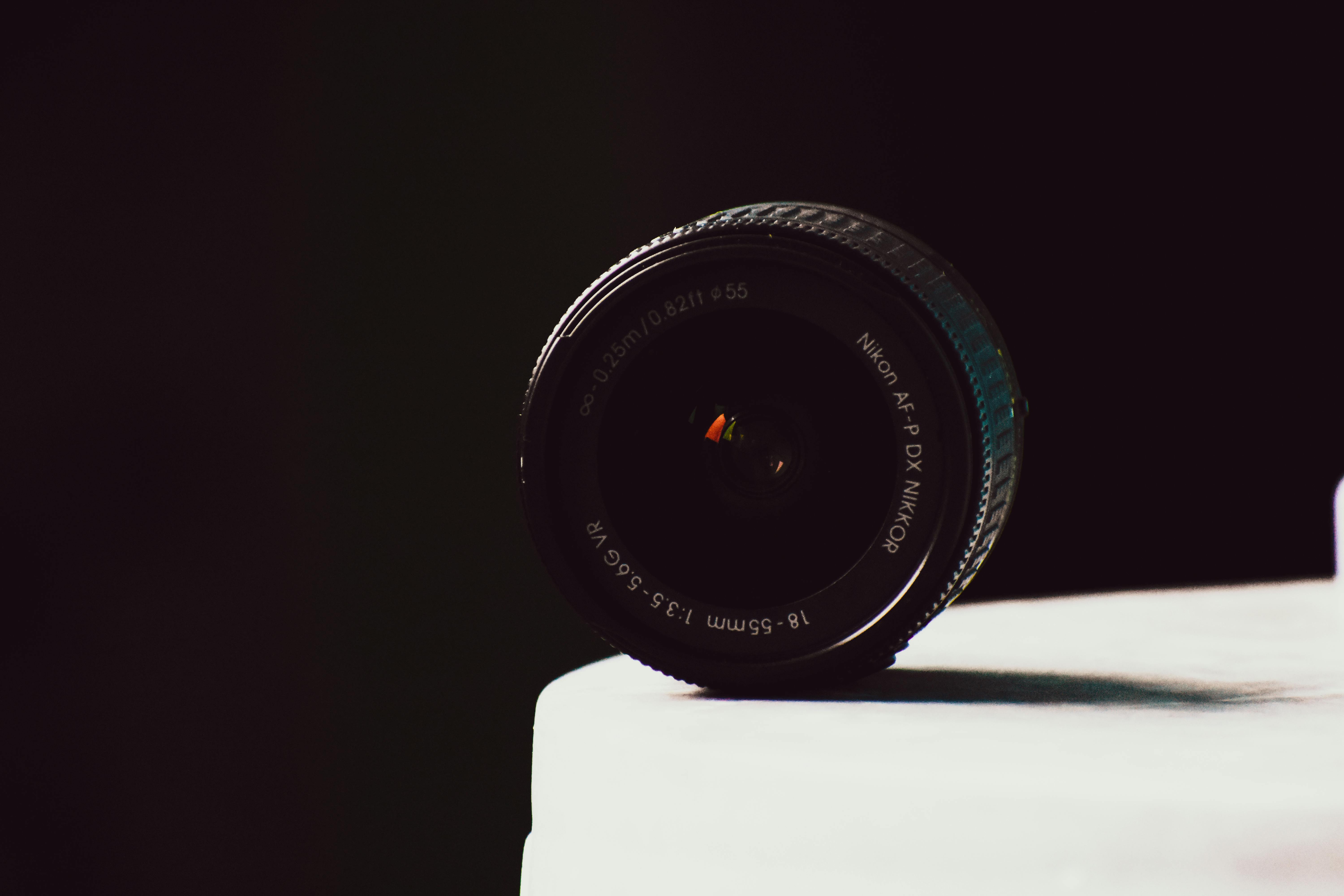
Apply Now

Effective Strategies for Killing Poison Ivy in 2025: Your Comprehensive Guide
Understanding Poison Ivy: Identification and Impact
How to Spot Poison Ivy
Poison ivy is a common plant found in many parts of North America and is notorious for causing skin irritation. Identifying poison ivy is crucial for effective management and prevention. The classic saying, "leaves of three, let it be," serves as a good guideline. Poison ivy typically has three shiny green leaflets that can vary in shape and size. The leaves may turn reddish in spring, green in summer, and yellow or orange in the fall. Recognizing these characteristics can help you avoid contact with this plant and take proactive steps to manage its presence in your garden.Common Myths About Poison Ivy
There are many misconceptions about poison ivy which can lead to ineffective management strategies. One myth is that poison ivy only grows in wooded areas; in reality, it can thrive in gardens, along paths, and in urban settings too. Another misconception is that burning poison ivy removes it effectively. In fact, burning can release harmful oils into the air, potentially causing severe allergic reactions. Understanding these myths is essential for effective poison ivy management.Environmental Impact of Poison Ivy
While often seen as a nuisance, poison ivy plays a role in the ecosystem. It provides food and habitat for various wildlife species, including birds and insects. However, when it invades gardens and lawns, its presence can disrupt landscaping efforts and cause health issues for sensitive individuals. Addressing its growth responsibly allows gardeners to maintain biodiversity while protecting themselves from allergic reactions.Essential Tools and Methods for Poison Ivy Removal
Building off our understanding of poison ivy, the next step involves the tools and techniques necessary for effective removal. Having the right equipment can make the process safer and more efficient.Best Tools for Poison Ivy Removal
When tackling poison ivy, safety and efficiency are paramount. Here are some essential tools: - **Long-Handled Tools:** Using tools like loppers or pruners can help you maintain distance while cutting vines. - **Protective Gear:** Wear gloves, long sleeves, and a mask to prevent skin contact and ingestion of the plant's toxic oils. - **Spray Bottles and Buckets:** These are useful for applying homemade or commercial herbicides directly to the plants.Effective Treatments for Poison Ivy Rash
If you do have contact with poison ivy, it's vital to act quickly. Wash the affected area with soap and water as soon as possible to remove the oil. Over-the-counter treatments, such as hydrocortisone creams, can alleviate itching. In severe cases, a healthcare professional may prescribe stronger medications. It’s important to educate yourself about effective treatments to reduce discomfort quickly.DIY Poison Ivy Killer: Recipes and Techniques
For those seeking natural alternatives, several DIY remedies exist. The use of vinegar and salt can discourage the plant's growth effectively. A mixture of one part vinegar, one part salt, and a few drops of dish soap can serve as a potent weed killer. However, be cautious where you spray as this mixture can harm other plants too. Remember to apply during dry, sunny days for maximum impact.Effective Chemical Control for Poison Ivy
While natural solutions are appealing, chemical control remains a relevant option for widespread infestations. Herbicides specifically formulated for poison ivy can be highly effective.Best Herbicides for Poison Ivy
Commercial herbicides containing glyphosate or triclopyr are proven to be effective in eradicating poison ivy. Apply these products according to the manufacturer's instructions, ensuring you target the plant while avoiding surrounding flora. Timing your application is key, as these chemicals work best when applied during the plant's active growth periods in late spring or early summer.Seasonal Poison Ivy Control Techniques
Adapting your control methods to the changing seasons can increase effectiveness. Spring is ideal for early identification and removal, while summer could require more persistent application of herbicides. In fall, plants are focusing their energy into their roots, making it a good time for targeted treatments. Knowing when to act can significantly improve your poison ivy management efficacy.Preventing Poison Ivy Growth: Cultural Practices
Incorporating cultural practices into your gardening strategy will assist in preventing future infestations. Maintaining a healthy garden ecosystem with dense native plant growth can suppress poison ivy's growth. Additionally, regularly mowing and maintaining clear paths can minimize the chances of poison ivy encroaching on garden spaces.Challenges in Eliminating Poison Ivy: Common Mistakes
Even with the right tools and knowledge, elimination can be tricky. Recognizing and avoiding common pitfalls is integral to successfully managing poison ivy infestations.Common Mistakes in Poison Ivy Management
One common mistake many make is underestimating the plant's resilience. It’s essential to understand that even after physical removal, poison ivy can regenerate from small root fragments. Ensure complete removal of roots for long-term solutions. Additionally, improper use of herbicides can lead to damage to desired plants and wildlife, emphasizing the need for careful application.How to Remove Poison Ivy Roots Safely
When removing poison ivy, it's crucial to also tackle the root system. Use a shovel or spade to dig out the root deep enough to prevent regrowth. Always wear protective gear to avoid contact with the toxic oils. For larger infestations, consider consulting a professional service specializing in poison ivy removal.Engaging Professionals for Poison Ivy Removal
If the infestation is beyond manageable levels, it may be wise to contact professional poison ivy removal services. They offer expertise and specialized equipment to ensure safe and effective extermination while minimizing risk to other plants and the surrounding environment.Conclusion: Proactive Poison Ivy Management
Knowing how to kill poison ivy is essential for maintaining a safe and pleasant outdoor environment. By combining effective identification, removal techniques, and preventative strategies, you can manage this plant effectively and protect yourself during outdoor activities. Remember to utilize the right tools, consider both chemical and natural treatments, and remain vigilant in your efforts to prevent its return.Frequently Asked Questions
What are the symptoms of poison ivy exposure?
Symptoms typically include redness, itching, and blistering of the skin. The rash may take 1-3 weeks to clear, depending on the severity.Are there any home remedies to treat poison ivy rash?
Home remedies such as oatmeal baths, aloe vera, and baking soda paste can help soothe the skin and reduce irritation from poison ivy rashes.How can I prevent poison ivy from growing in my garden?
Implementing a dense planting strategy with native species can hinder poison ivy's growth. Regularly mowing and taking care of garden maintenance also helps.Is it safe to burn poison ivy?
No! Burning poison ivy releases harmful oils into the air, which can cause severe respiratory issues if inhaled.When is the best time of year to control poison ivy?
Late spring to early summer, when the plant is in its active growth stage, is the best time for successful control measures.